Description
A Cradle-to-Gate Lifecycle Assessment of Modified Asphalt-Rubber
Chaitanya Gubbala, Vinay H. Nanjegowda, Avishreshth Singh, Krishna Prapoorna Biligiri
ABSTRACT: Recycling of waste rubber tires (WRT) as crumb rubber (CR) inclusions has been successfully adopted globally in producing rubberized asphalt / asphalt-rubber, which has seen wider applications in pavement technology. Traditionally, CR is blended with asphalt cement to create an asphalt-rubber (AR) product, a modified binder that is known for enhanced performance characteristics compared to the conventional mix. However, the storage stability of AR is a parameter limiting its widespread application in roadways. To address this issue, researchers have tried surface treatment of recycled rubber particles and activated mineral binder stabilization before incorporating in the mixture. One such product was developed in a recent study by utilizing an activation-pulverization technique to produce storage stable modified-AR (MAR) product, which is a blend of soft binder, CR, synthesized organo-montmorillonite (OMT), and calcium-based stabilizer. Though MAR products have been characterized for their performance, the actual impacts would be better understood only by determining their lifecycle impacts. Therefore, the objective of this study was to quantify the environmental impacts associated with producing 1 ton MAR and compare the estimations with conventional AR through systematic lifecycle toolkits using the cradle-to-gate approach. Lifecycle assessment results indicated an overall increase in the environmental impacts of MAR attributed to the additional processes and raw materials involved during production. The global warming potential of MAR was 44% higher than that of AR, while the gross energy requirement was about two times higher than AR. Though the overall cradle-to-gate lifecycle impacts produced by MAR were higher than the AR product, MAR avoids the necessity of heating and agitation during the storage of AR, which is an energy-intensive process. Further, higher inclusions of CR in MAR (1.5-2 times more than AR) augments recyling of scrap tires, which minimizes stockpiling of WRT, saves usable land area, and improves public health by reducing the environmental and social impacts caused by unregulated disposal of WRT.
KEYWORDS: LCA, modified asphalt rubber, energy savings, global warming potential, recycling

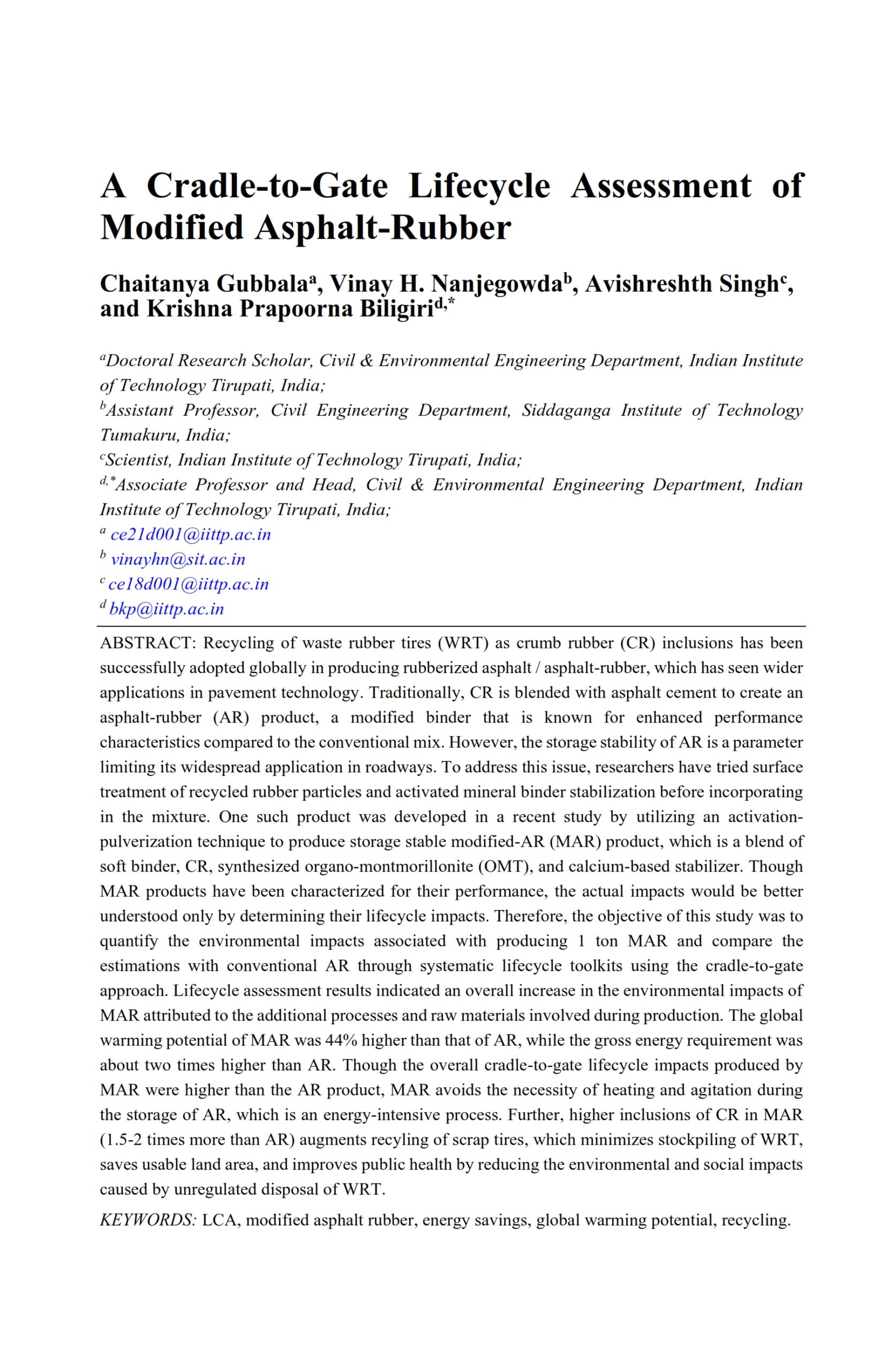
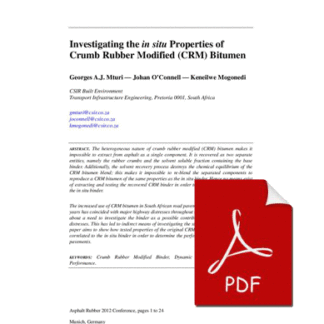
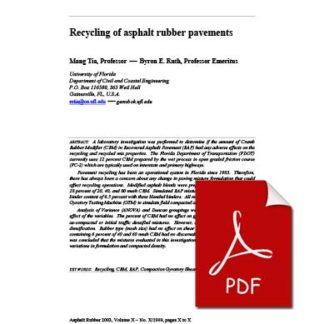
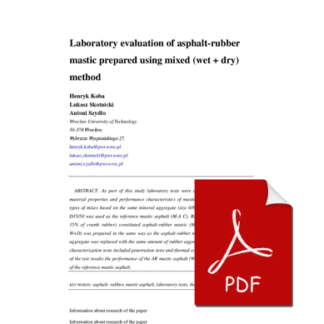


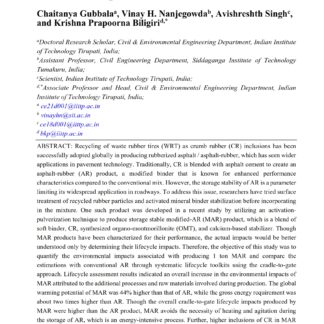
Reviews
There are no reviews yet.